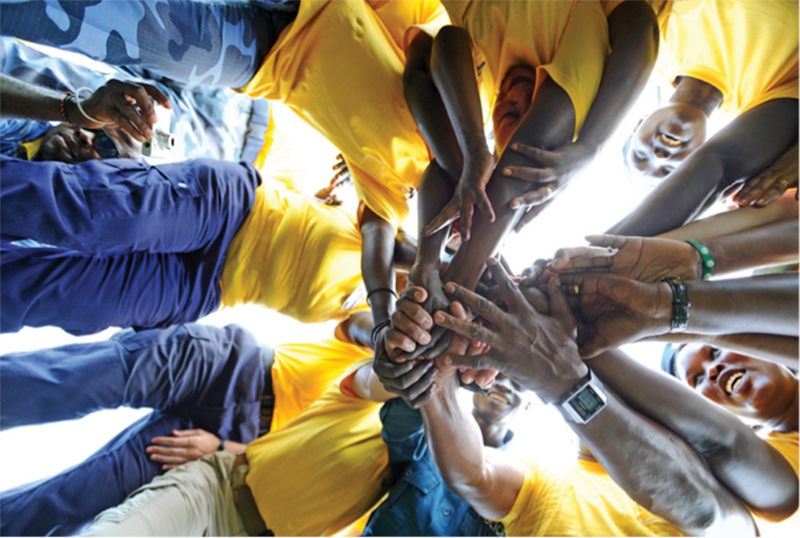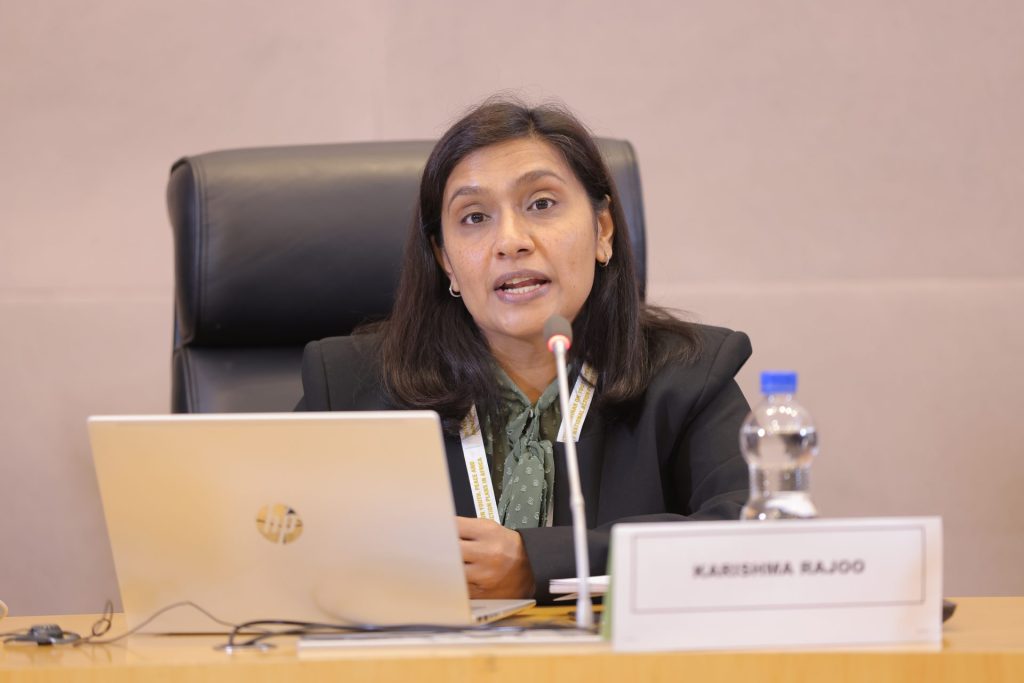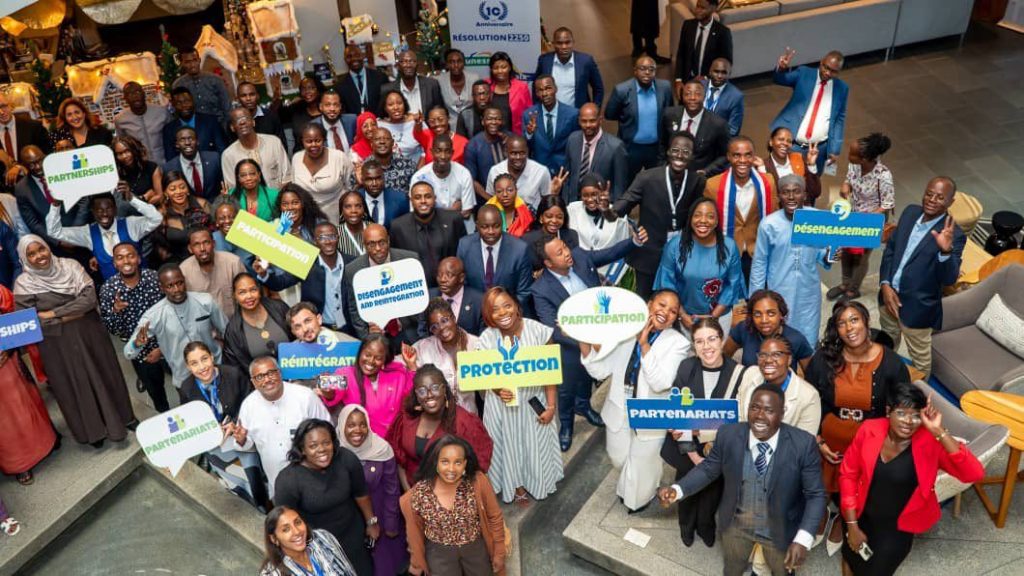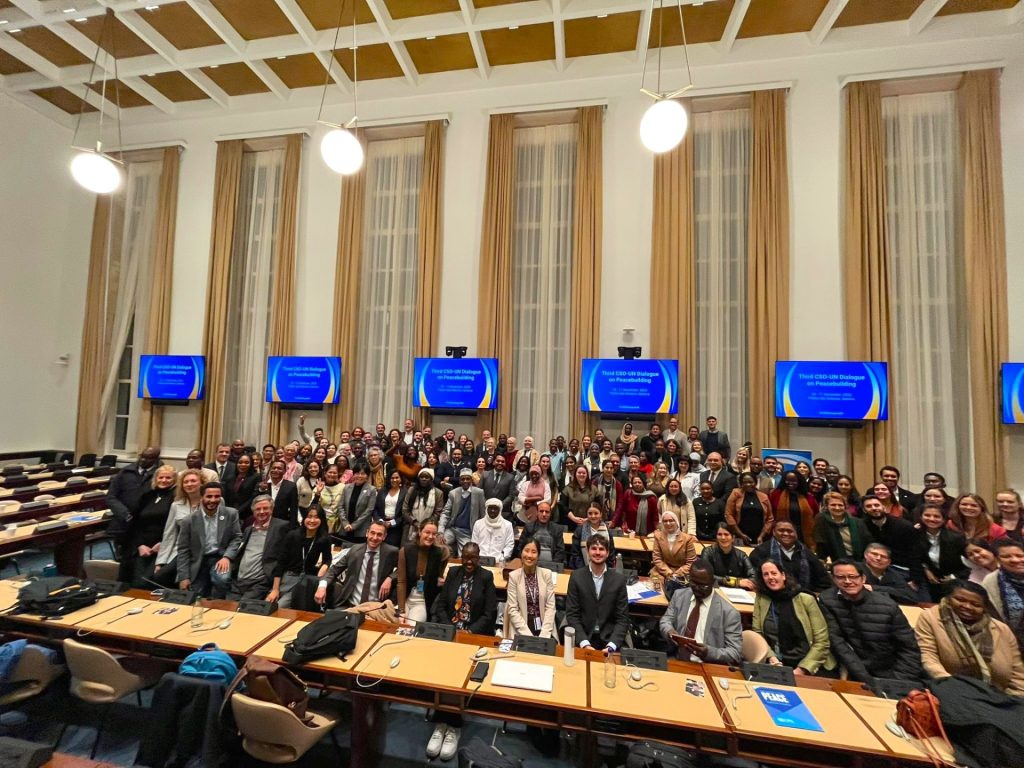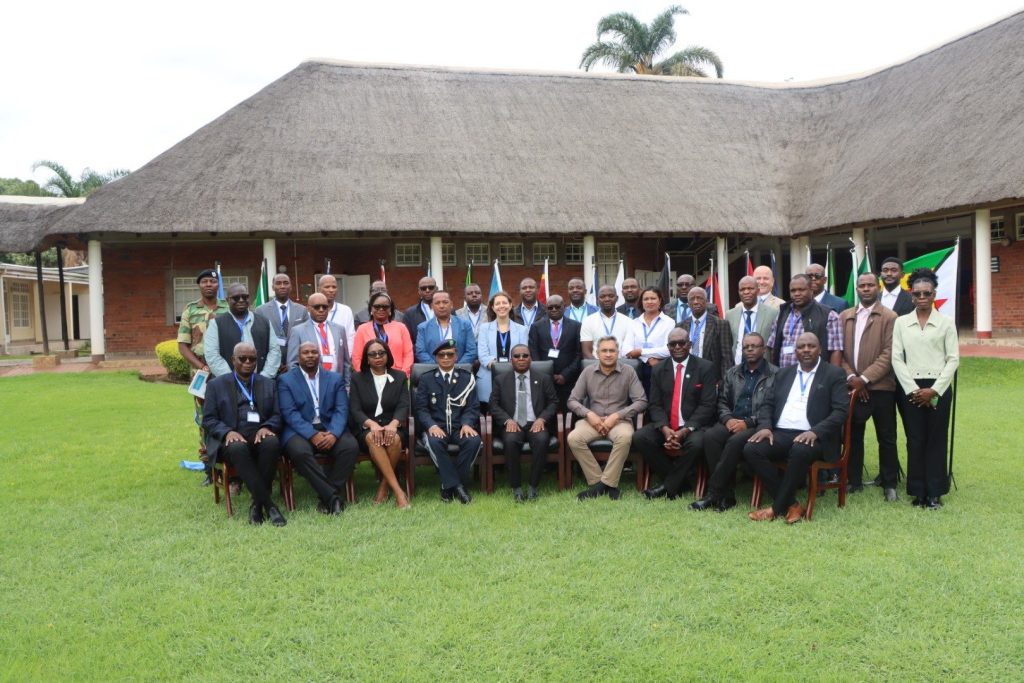In 1981 the United Nations General Assembly declared and established, through Resolution 36/67, an International Day of Peace. The Resolution reaffirmed, amongst other things, that:
“…since wars begin in the minds of men, it is in the minds of men that the defence of peace must be constructed, that a peace based exclusively upon the political and economic arrangements of Governments would not be a peace which could secure the unanimous, lasting and sincere support of the peoples of the world, and that the peace must therefore be founded, if it is not to fail, upon the intellectual and moral solidarity of mankind…”
The day, first observed in 1982, was subsequently shifted from the 3rd of September each year, through the unanimous adoption of Resolution 55/282 (in 2001), which established the 21st of September as an annual day of non-violence and ceasefire. Over the years, the International Day of Peace (otherwise referred to as World Peace Day) has been observed by a growing range of international political, military and civil actors, as a date to amongst other goals, occasion a temporary ceasefire and support the provision of humanitarian aid into conflict zones across the world.
While any day associated with ‘global peace’ may warrant the scepticism of many attuned to global security dynamics, and a general apathy on the part of those simply unaware of international efforts to curtail the scourge of violent conflict; it would undoubtedly be a disservice to shrug-off the considerable progress made over the last three decades by the international community to comprehensively address the root causes of conflict and establish greater, more responsive and holistic measures to safeguard human security in cases of armed conflict.
Since the early 1980s the international system has undergone significant structural changes, and with it so has the very nature of conflict – and the subsequent efforts geared toward achieving and sustaining robust environments for peace to take root. At the centre of these changes are the now much more acute incidences of intrastate conflict, and the associated rise and proliferation of armed and violent non-state actors. The very idea of ‘peace’ has therefore come to be increasingly understood within an ever-expanding scope of actors and variables that underpin global efforts now aimed specifically toward distinct interventions, that span the conflict-intensity continuum – from prevention through to peacekeeping and post-conflict peace-building.
Additionally, the international architecture for peace has, over the years, become increasingly more comprehensive (and complex) in response to the changing nature of conflict. Human security, women’s involvement and the protection of civilians, for example, now feature much more greatly in the planning processes of peace missions. Similarly, the nature of the peacekeeping practice has been radically transformed, with particular regard to the idea of multi-dimensionality – in which modern peacekeeping missions are composed of not only by military personnel, but police and civilian staffers as well.
Importantly, the international actors now at the forefront of understanding, intervening and engaging on these issues have also expanded, both in terms of scope and scale, encompassing not only broad intergovernmental organisations, but also regional organisations – as well as civil society organisations that focus on a range of different concerns surrounding human security, conflict resolution, international justice and human rights.
Within this context, progress in Africa has, despite the persistent, and arguably endemic, structural root causes of conflict across the continent, made truly significant strides in establishing a range of measures to collectively address its peace and security concerns as they arise. The African Union (AU), in conjunction with the continent’s respective Regional Economic Communities (RECs), has radically altered the way in which threats to continental peace are approached, primarily through the establishment of comprehensive normative frameworks in which these threats are now contextualised and understood – accompanied by the establishment of a dynamic institutional architecture specifically geared toward peace and security. The establishment of the African Peace and Security Architecture (APSA), for example, is an ambitious and long-term continental commitment toward the realisation of peace on the continent, which envisions – amongst other things – the full operationalisation of regional standby forces, ordered along the lines of the RECs, to more optimally respond to peace and security concerns across the continent, in a holistic and complementary manner. In the interim, the African Capacity for the Immediate Response to Crises (ACIRC) has been established to serve as temporary multinational interventionist force prior to the full operationalisation of a continent-wide African Standby Force, as envisioned within APSA.
These continental commitments to peace are by no-means a pipe-dream, given the extensive, and on-going process, of incorporating lessons-learned and best practices from AU-led, as well as AU-UN hybrid peace missions conducted across the continent since the early 2000s – including in Burundi, Sudan and Somalia.
The efforts were given further impetus by the AU’s 2013 consideration of a call by member states for a continental agenda that considered Africa’s collective aspirations and challenges moving forward over a 50-year period up until 2063.
Subsequently, ‘Agenda 2063’ as it became known, was referred to in the AU’s 50th Anniversary Solemn Declaration. African Heads of State and Government pledged to articulate the ideals and goals outlined in the Declaration within their respective national development plans, as well as through the development of such a continental agenda. The ideals and goals spanned a range of pertinent issues relating to, inter alia, economic development, good governance and peace and security.
Specifically, some of the key peace and security considerations referred to the need to:
- address the root causes of conflict across the continent,
- effectively address recurrent and emergent sources of conflict and stability (with particular regard to the rise of extremism, terrorism and transnational organised crime), and
- advance the continent’s conflict prevention and peacemaking agenda, within the framework of the African Peace and Security Architecture – and to further support compliance and enforcement of peace agreements.
When understood more broadly with respect to the many other dimensions of the Declaration, and the rigorous consultations that informed its content, Agenda 2063 has come to be seen as a new catalysing phase of development on the continent, composed of a multi-layered, multi-tracked and multi-stakeholder approach that seeks to drive home the vision of: ‘an integrated, prosperous and peaceful Africa, driven and managed by its own citizens, and one that represents a dynamic force in the international arena’.
For the first time as well, there is a process roadmap being devised towards a conflict free continent. In seeking to contribute to the Agenda, and specifically its peace and security priorities, the African Centre for the Constructive Resolution of Disputes (ACCORD) supported the AU Commission in convening a High-Level Retreat in Durban, on the 28th and 29th of April 2014, on the theme of ‘Silencing the Guns: Building a Roadmap to a Conflict-Free Continent’. Drawing on the impetus provided by the AU Declaration, the Retreat explored concrete options toward ‘silencing the guns’ and thereby laying a foundation for a roadmap towards a conflict-free Africa – as envisioned in Agenda 2063.
In the wake of the Durban Retreat, the AU Commission as well as the AU Peace and Security Council have endeavoured to further advance and refine what has now come to be known as ‘Vision 2020’ – referring to the pledge to silence the guns by 2020. Vision 2020 and the roadmap which is being developed have gained increasing attention and spurred great debate and analysis amongst international stakeholders on the viability of this pledge, and what is required to effect and sustain such a change.
ACCORD, as one such stakeholder, and in-line with its own commitment to peace across the continent, has sought to further support and advance Vision 2020 through its ongoing operations on the continent vis-‘a-vis conflict resolution through mediation, negotiation, training, and research and analysis. As part of this commitment, ACCORD co-hosted a public lecture with the South African Department of International Relations and Cooperation on the International Day of Peace on 21st of September 2015.
The public lecture, underscores the fact that collective efforts on the part of governments, civil society and the broader international community can indeed lead to considerable progress to stamp out the scourge of violent conflict.
A version of this piece first appeared on AllAfrica.com on 21 September 2015.

